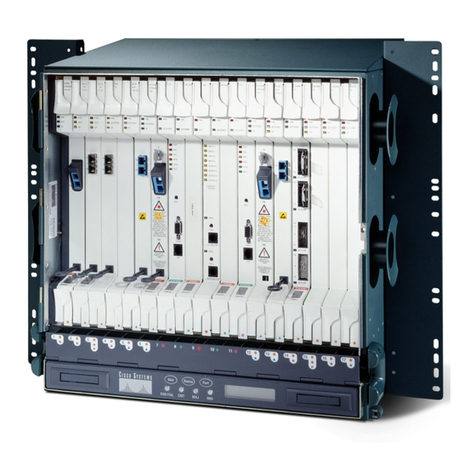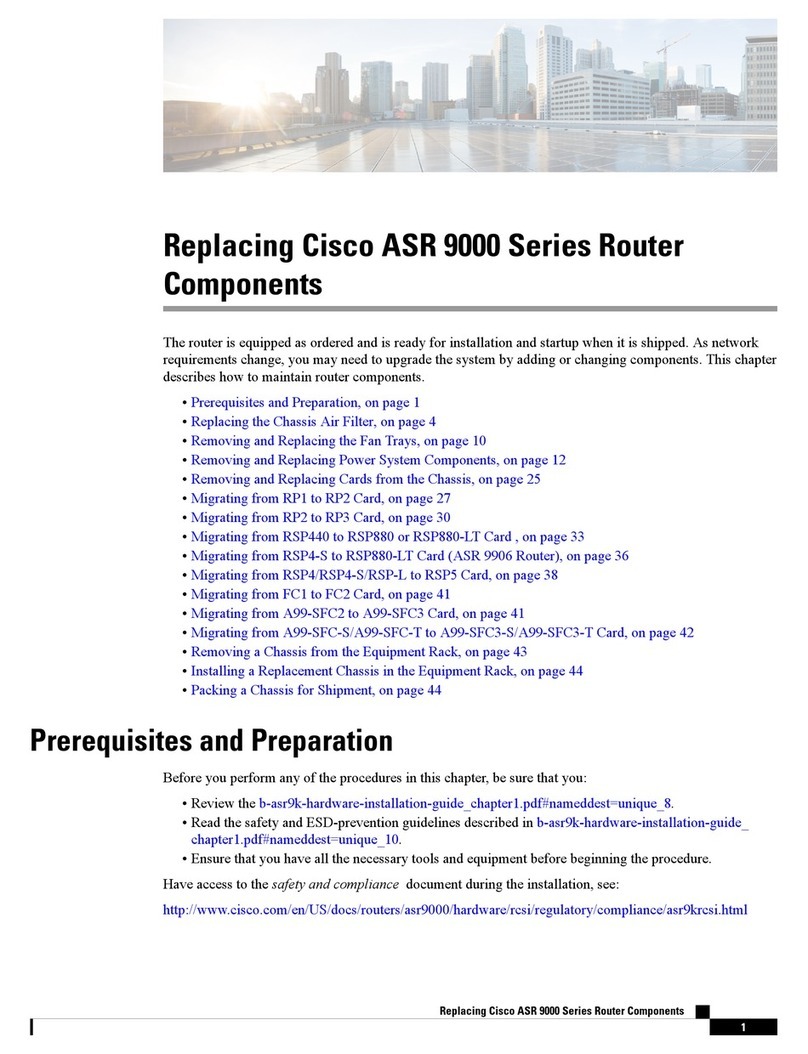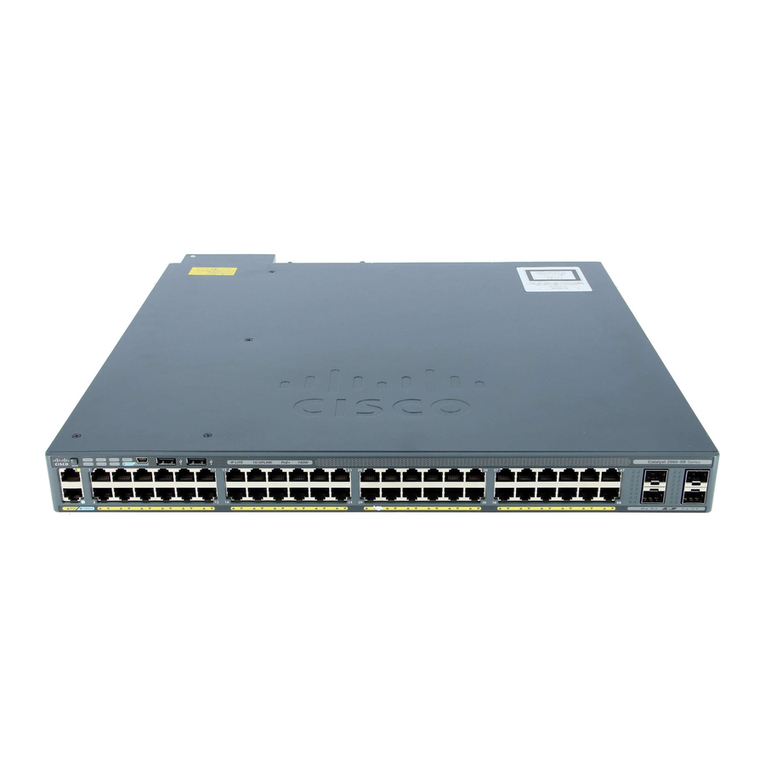Cisco ISE - Line Card ISE User manual
Other Cisco Network Hardware manuals
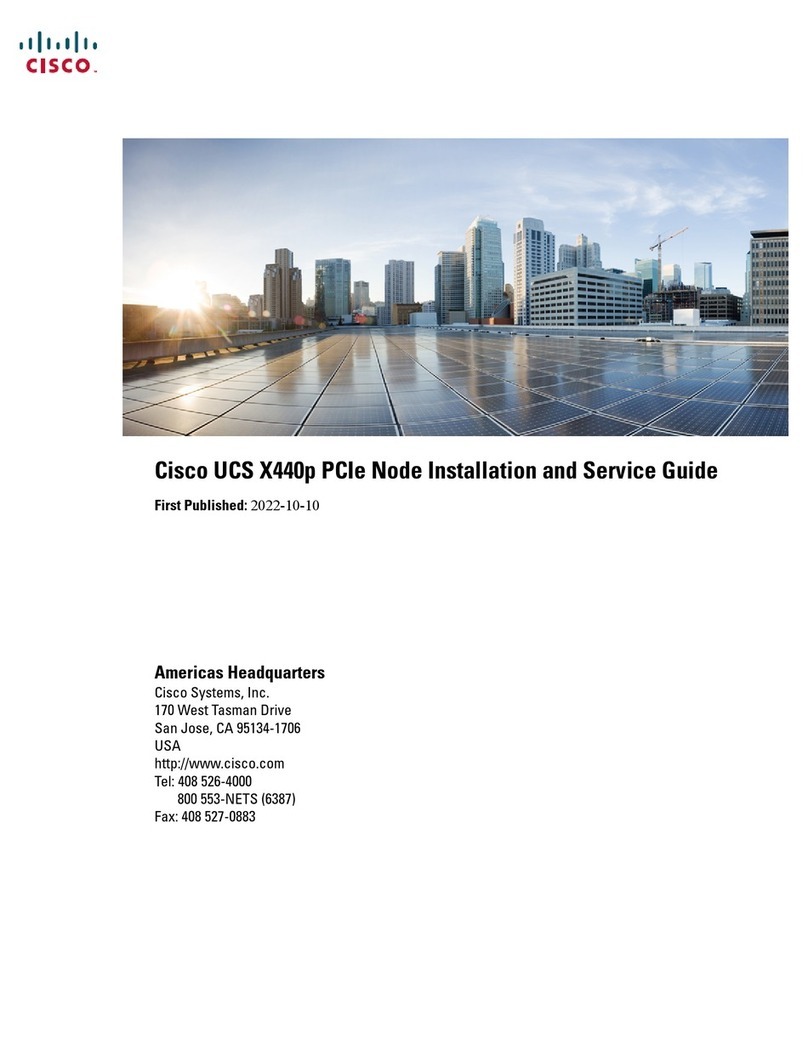
Cisco
Cisco o UCS X440p Installation and maintenance instructions

Cisco
Cisco ASA 5506-X Manual
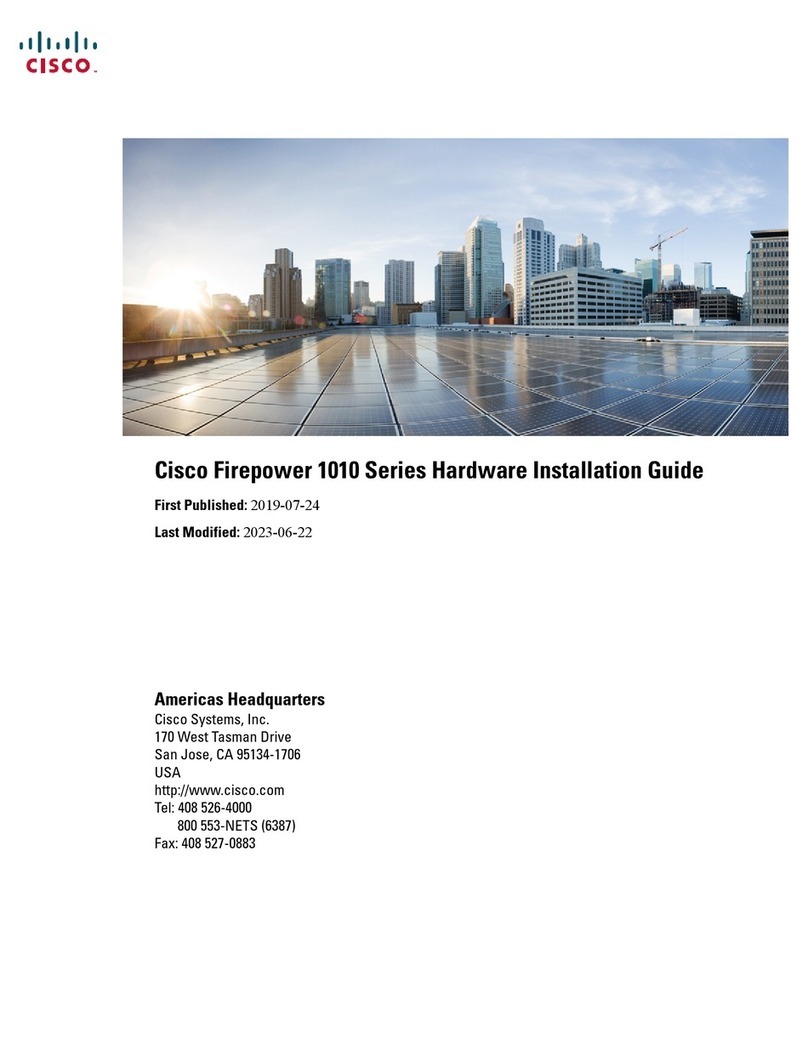
Cisco
Cisco Firepower 1010 Series Manual

Cisco
Cisco Cisco ONS 15600 SDH User manual

Cisco
Cisco Performance Routing Engine 5 Manual

Cisco
Cisco Rack-Mount and Cable Mgmt. 7505/7010 User manual
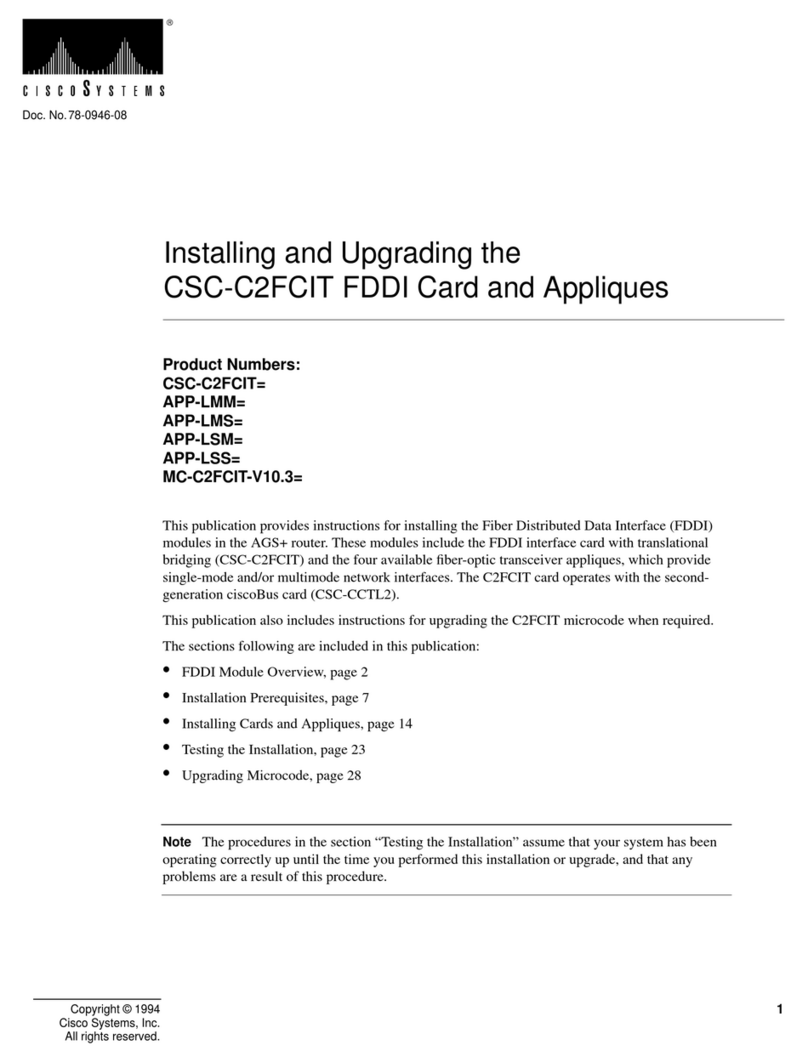
Cisco
Cisco CSC-C2FCIT Instruction Manual

Cisco
Cisco Nexus 93600CD-GX Manual
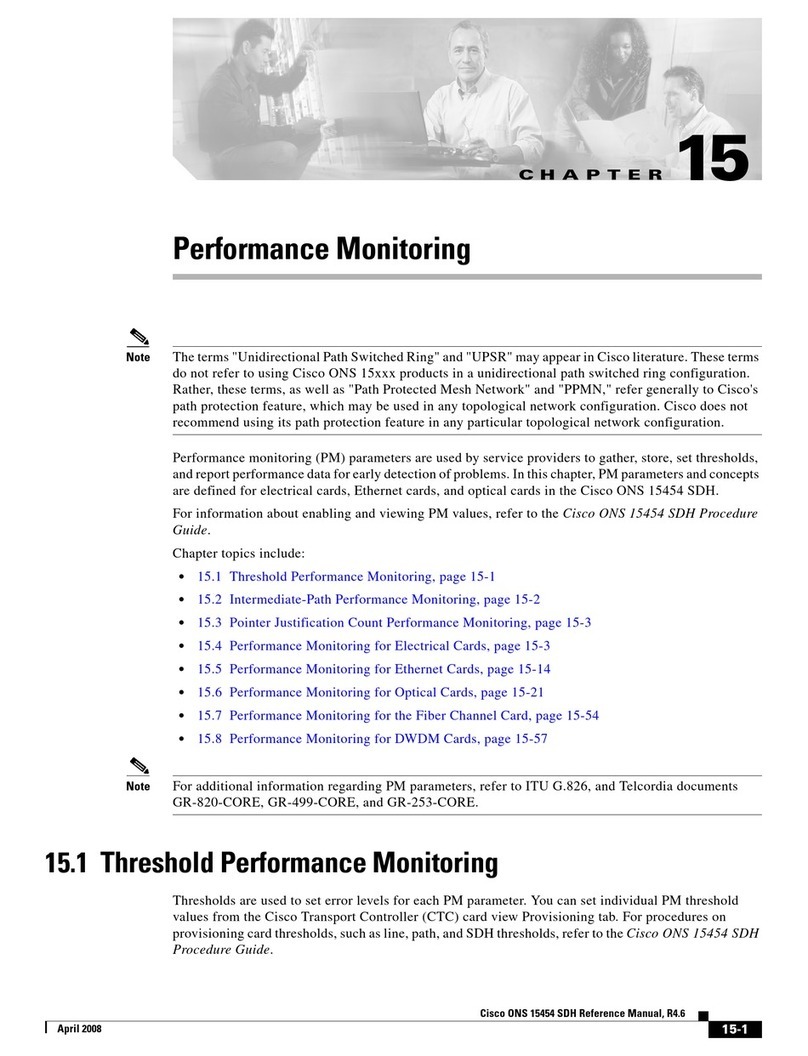
Cisco
Cisco ONS 15454 SDH E1-75 User manual

Cisco
Cisco Content Engine 510 User manual

Cisco
Cisco IAD1101 User manual

Cisco
Cisco Edge 300 Series Quick start guide
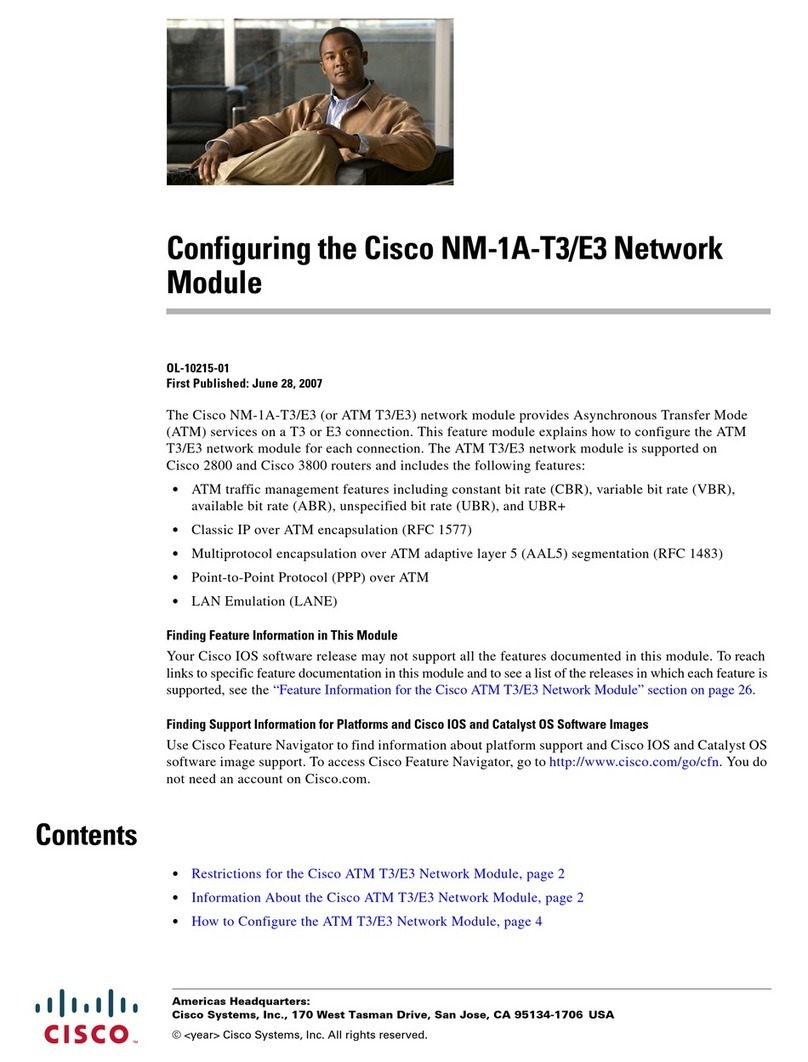
Cisco
Cisco NM-1A-T3 - 1port Ds3 Atm Network Module User manual
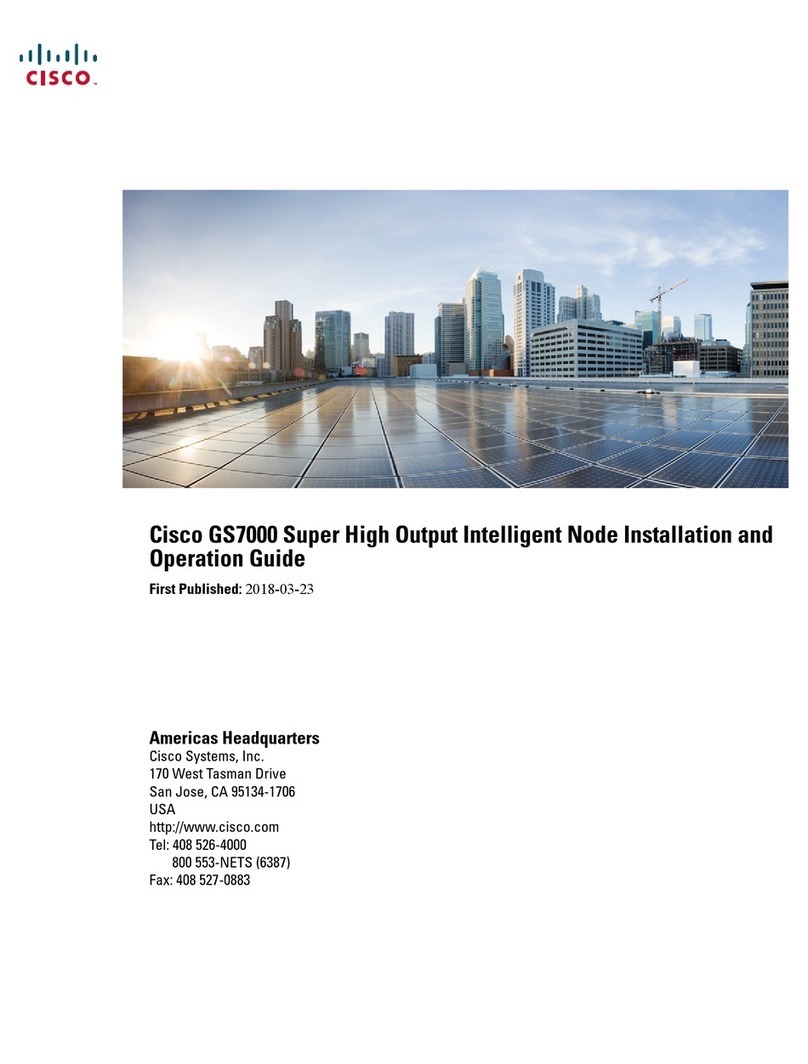
Cisco
Cisco GS7000 Operating instructions
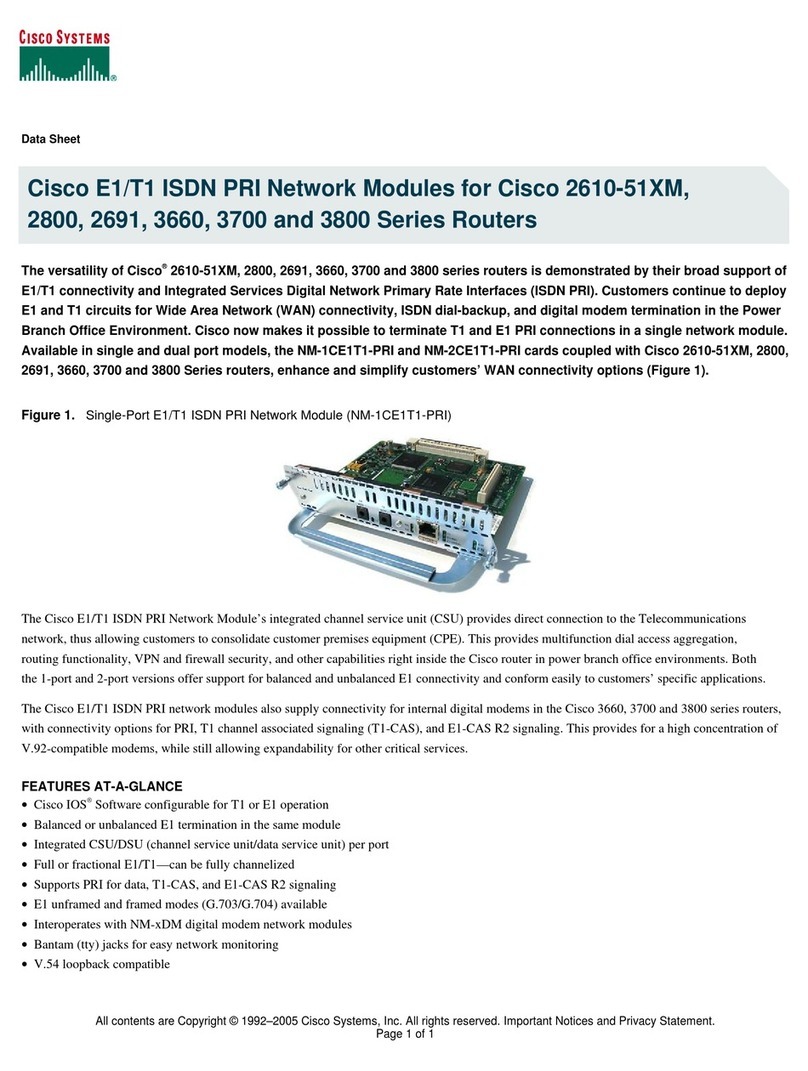
Cisco
Cisco 2610 - Router - EN User manual
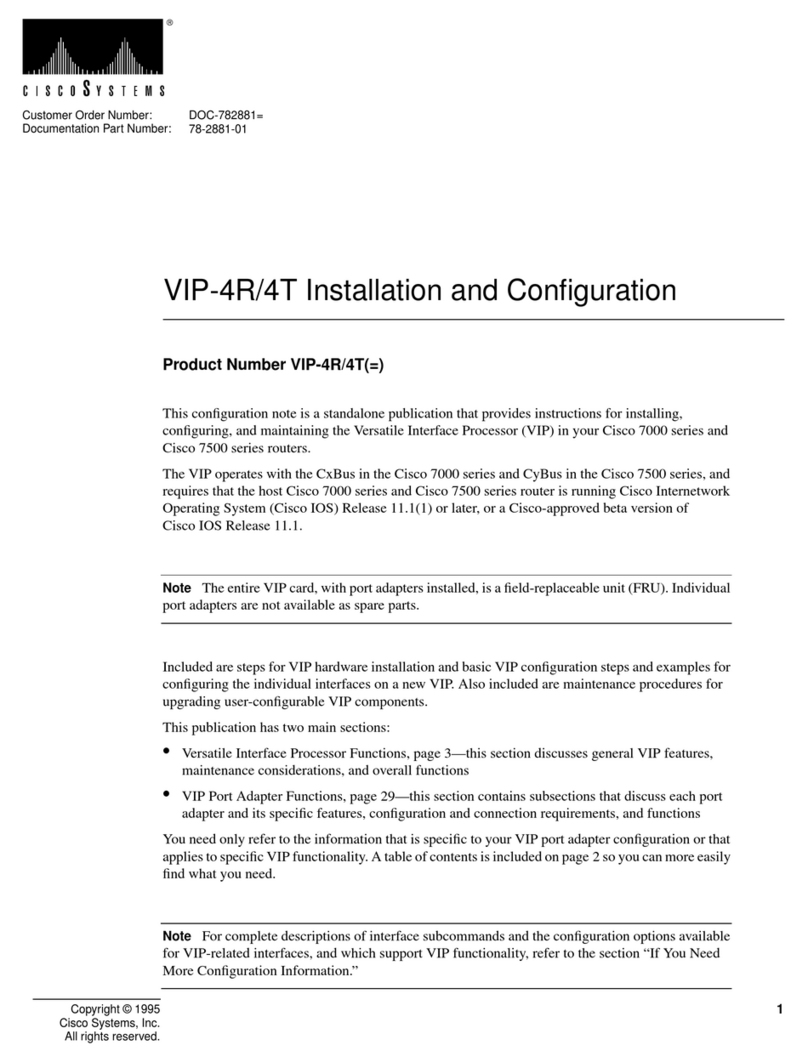
Cisco
Cisco VIP-4R/4T Operating and maintenance instructions
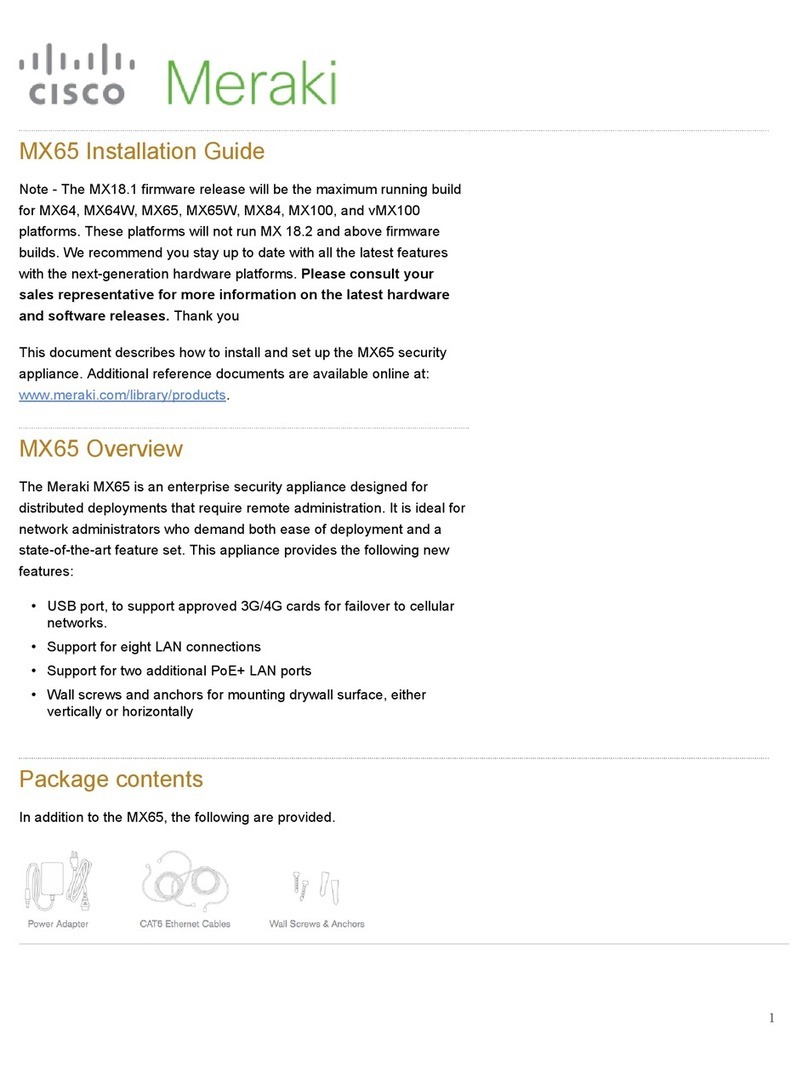
Cisco
Cisco Meraki MX65W User manual

Cisco
Cisco C7200-I - Input/Output Controller - Control... User manual
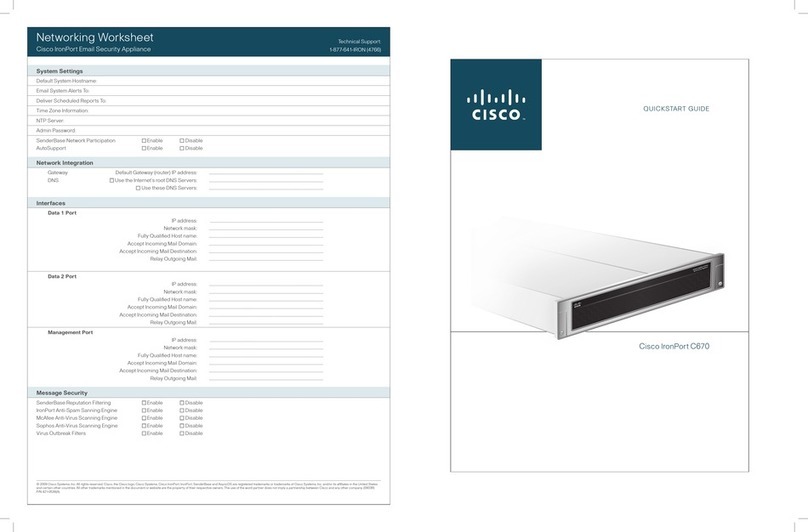
Cisco
Cisco IronPort C670 User manual
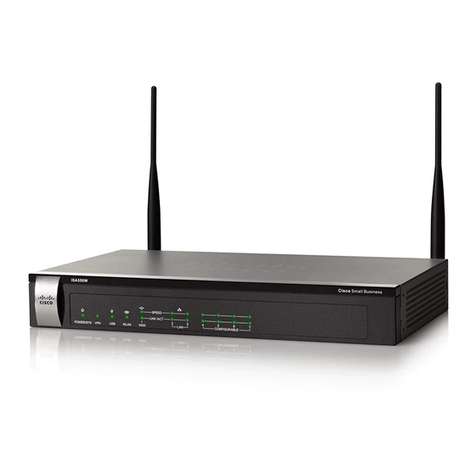
Cisco
Cisco ISA500 Series Instruction Manual
Popular Network Hardware manuals by other brands

Matrix Switch Corporation
Matrix Switch Corporation MSC-HD161DEL product manual

National Instruments
National Instruments NI 653x user manual

B&B Electronics
B&B Electronics ZXT9-IO-222R2 product manual

Yudor
Yudor YDS-16 user manual

D-Link
D-Link ShareCenter DNS-320L datasheet
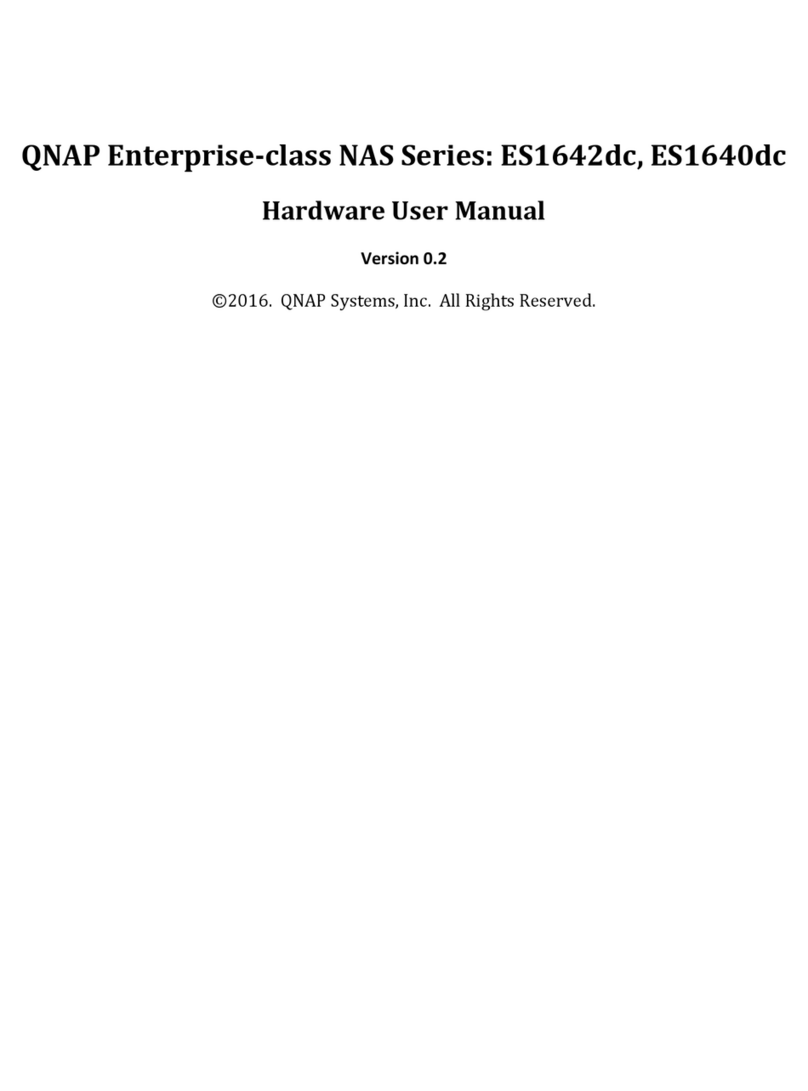
Samsung
Samsung ES1642dc Hardware user manual
